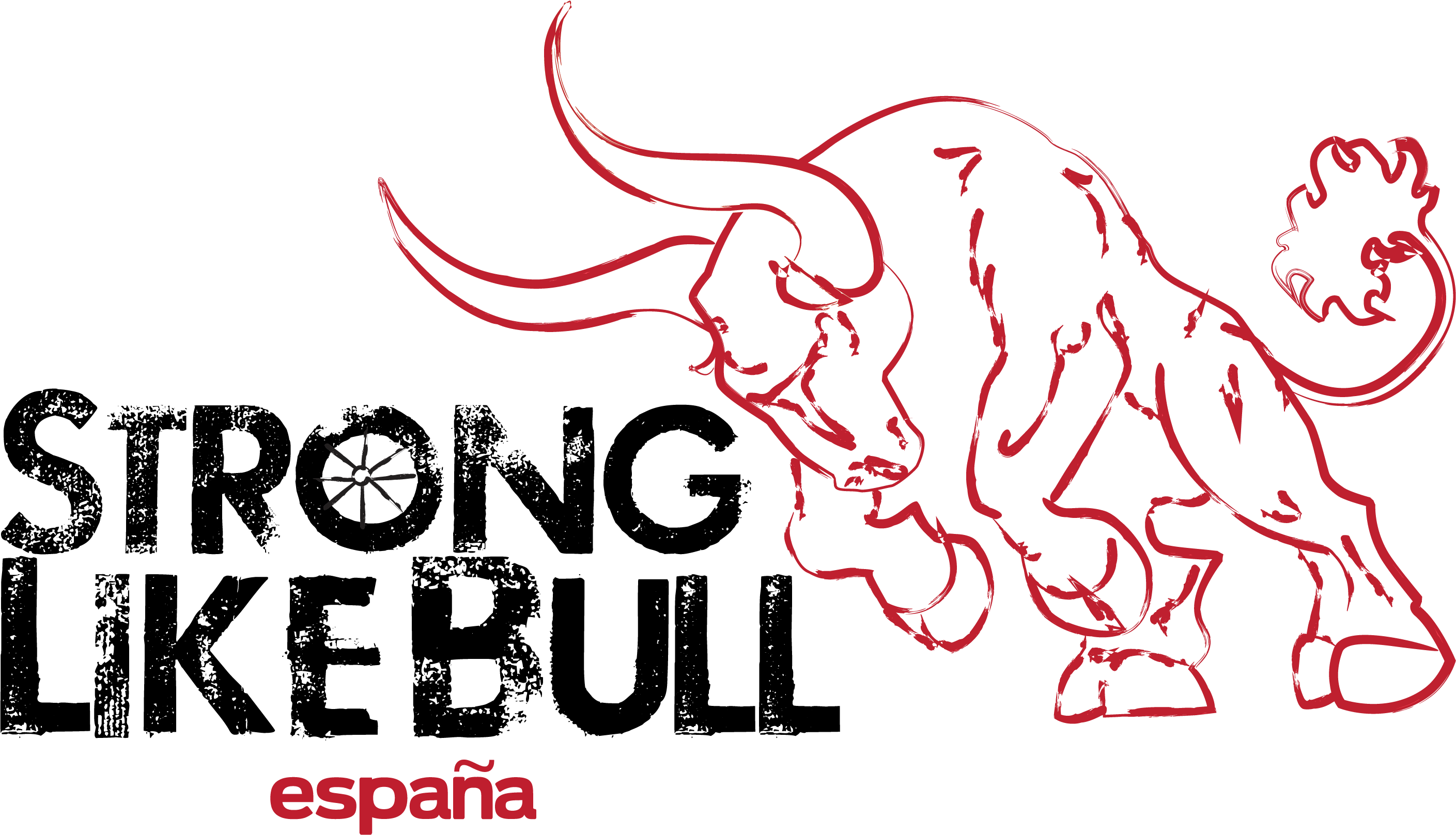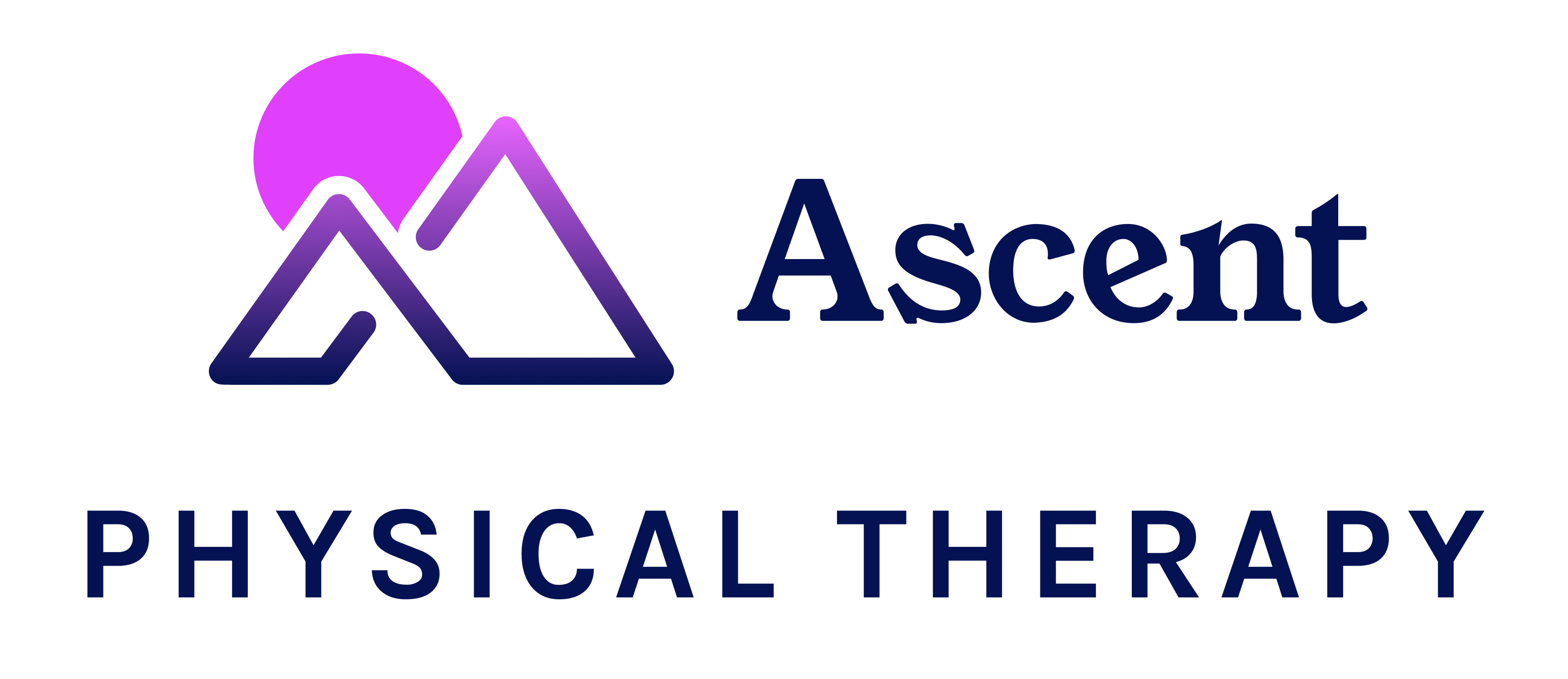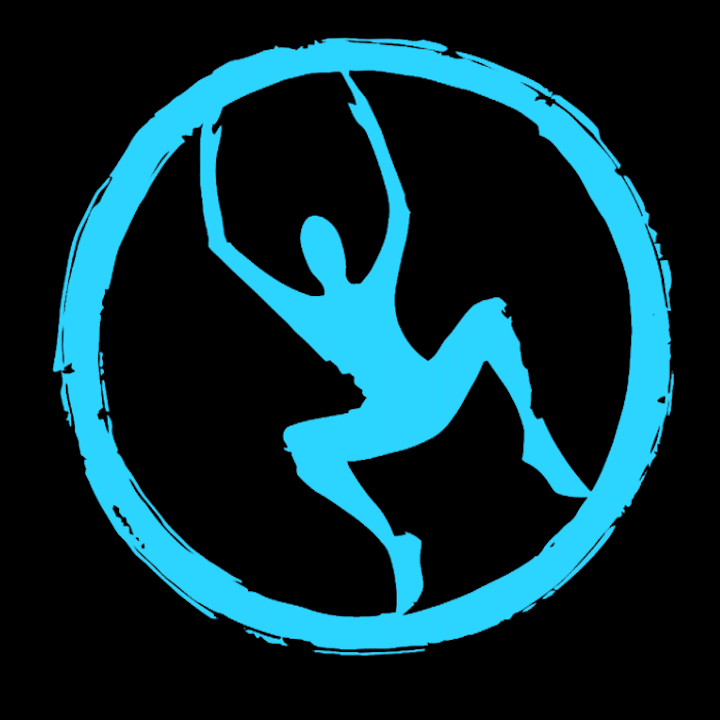Brick
Our virtual brick workouts are written by our Thursday Morning Brick Coach, Coach John Stewart! Learn more about Coach John here.
BTC Brick Workout – Week 6 – May 14, 2020
BTC Brick Workout
Week 6
5/14/20
Hi Everyone,
The goals of this week’s brick are:
1) Complete a distance brick in a Run-Bike-Run format.
2) See if there is any fall off in pace toward the end of the bike, for the same or increased heart rate. There shouldn’t be, if your distance fitness is solid for your chosen timeframe.
3) Work on running form off the bike as you try to duplicate the first run. Are pace and heart rate the same as before?
4) If you determine you would like something less strenuous (or if you just have less time), lessen the runs to 10 min each, and the bike to 40 min. Maintain effort in Zone 2 throughout, with a similar run form focus off the bike.
The Brick Workout:
WARM-UP (10 min)
5 min walk, or some active stretching as demonstrated by John Hirsch
5 min easy jog
RUN – Main Set (20 min)
10 min steady but relatively easy run, noting pace
10 min build gradually to the top of Zone 3, noting pace
BIKE – Main Set (60-120 min)
For the first ¾ of the bike, for whatever duration you choose, hold effort steady in high Zone 2
For the last ¼, hold low- to mid-Zone 3
TRANSITION
Fastest Possible! Do not rest or catch your breath or eat or drink!
RUN – Main Set (20 min)
Focus on running form, especially running tall and with a full-length stride in the first 5 min off the bike (see additional form ideas below, and change it up every 2-3 min)
10 min steady but relatively easy run
10 min build gradually to the top of Zone 3
COOL DOWN (10 min)
5 min easy jog
5 min walk
Vision: See how steady you can hold your gaze, limiting bounce, even over rough terrain.
Posture: You hear ‘run tall’ a lot, so bring your shoulders back a little, straighten up, and feel lighter on your feet.
Arm swing: Arms crossing the centerline in front? Bring them more in line with where you’re going. Hands really low? Move to a 90deg bend at the elbow. Fists clenched or forearms pulled up tight to your shoulders? Open your fingers and shake them out. Choose one and run.
Core Engagement: Pull your abs in, belly button toward your spine.
Legs: A sequence I’ve always found helpful, from coach Ken Mierke: Drive knees forward each stride. Kick heels up each stride. ‘Paw’ back just before footstrike. Choose one, or as I like to do, cycle through all three for two minutes each.
Stride length: Some may say if you extend your stride you’ll heel-strike, or over-stride, but we’re not looking for triple-jump distances. Just a few inches. Others may say if you shorten up you’ll slow down. Just shift a little one way or the other to see how it feels and what your pace and perceived exertion are.
Turnover: Count strides per minute for one foot, then consciously choose to speed that up or slow it down.
BTC Brick Workout – Week 7 – May 21, 2020
BTC Brick Workout
Week 7
5/21/20
Hi Everyone,
The goals of this week’s brick are:
1) Multi-brick with negative splits
2) Track or plan your workout using your Sports Watch, Rate of Perceived Exertion (RPE), Heart Rate Monitor (HRM), or Power Meter
3) Review Training Zones and their respective Adaptations
This is our Week 2 video minus the introduction. Just be aware that this week’s session is a little more intense than discussed here, taking place in Zone 2-3 vs Zone 1-2. An updated example of the workout worksheet is included in the write-up below.
The Brick Workout:
BIKE:
Distance: Ride for 10-15min or one loop of the park
Effort: Easy for the first ride, building from RPE 1 to 2, keeping an eye on HR or power as you go. (If experienced with your electronics/zones, build to the bottom of Zone 2 Heart Rate or Power.)
Data/Learning: Use your split timer to record your time, or GPS watch to record pace, or your HRM and/or Power Meter to record heart rate or power. Note RPE if using that metric.
TRANSITION: As fast as possible
Get out of your shoes on the bike if possible, keeping your eyes on the road in front of you, and riding in with your feet on top of your shoes.
RUN:
Distance: Run for 8-10min or 1 mile
Effort: Moderately easy at RPE 2, keeping an eye on your pace as you go, or noting turnaround points (If experienced with your electronics/zones, start at the bottom of Zone 2 Heart Rate or Pace)
Data/Learning: Use your split timer to record your total time or time to your turnaround, and/or GPS watch to record pace, or your HRM to record heart rate. Note RPE if using that metric.
REPEAT:
2nd set is moderate: RPE 3-4, right where Zone 2 transitions to Zone 3, 10-20sec faster per mile running, perhaps 5-10 beats per minute higher HR on bike and run, or 10 watts higher power on the bike.
3rd set is moderately hard: RPE 5-6, or mid to high Zone 3, 10-20sec faster per mile running, 5-10 beats per minute higher HR on bike and run, or 10 watts higher power on the bike.
These efforts are conversational up to breathing rhythmically.
Preparation:
– Set up your bike pedals using rubber bands (as if you were going to run it out of transition and do a step on or flying mount). You’ll do this to start your first bike if you’re using a trainer, and if you are comfortable, on the road. You can do a normal stepover mount, but it’s good to practice setting up your pedals. You could do it each time you start a new bike leg, but it’s not required.
– Get your electronics set up and on your body and bike: sports watch, Heart Rate Monitor (HRM), Power Meter, etc.
– Before the workout, try to get them connected online and get somewhat comfortable with the screens and data you’re seeing. You’ll upload data afterward, or your device may do this for you automatically.
– If you’ve never done it, this may take some time. But once you’re familiar with this type of data recovery (whether you’re a data person or not) it will become incredibly helpful.
– Note: if using Rate of Perceived Exertion (RPE) paired with a sports watch, see ideas within the workout.
Training Zones:
Here’s a review of our Training Zones, including the Borg Scale for Rate of Perceived Exertion. We want to be thinking in these terms within most of our workouts, including today’s, which are conversational up to breathing rhythmically.

Blank Worksheet:
Many of you will be logging your sessions online, and will be able to see the graphs all together, but if you want to see the numbers on paper, and how the workout flowed, this is also an easy way to do it.
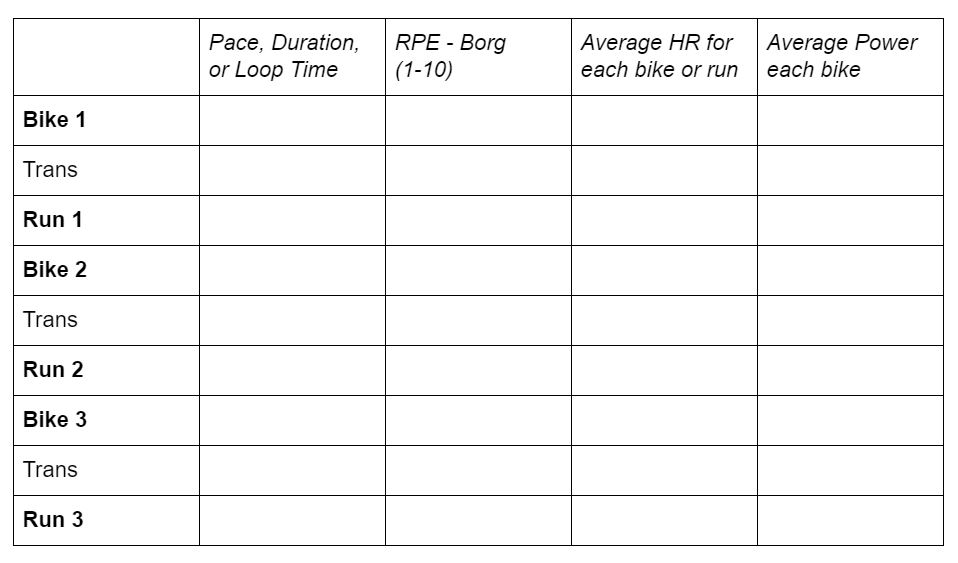
And here’s how it might look in the end:
(I bumped the times, HRs, and watts up from Week 2 to simulate the jump in zones; just be aware yours may change differently.)
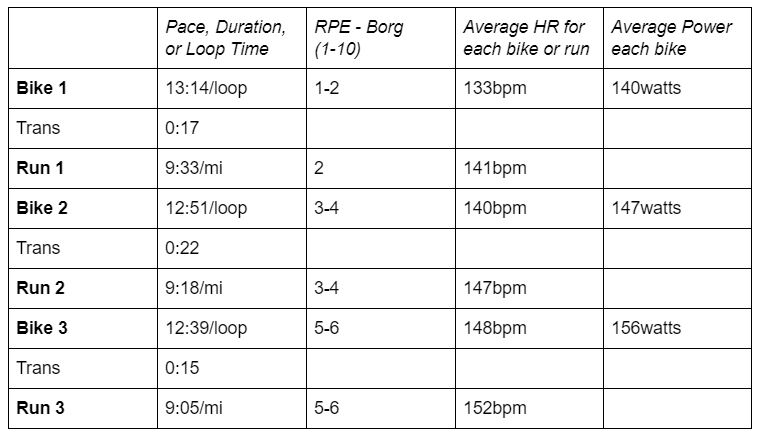
BTC Brick Workout – Week 8 – May 28, 2020
BTC Brick Workout
Week 8
5/28/20
Hi Everyone,
The goals of this week’s brick are:
1) Complete a brick at Olympic distance race pace
2) Confirm training zones and/or the pacing you’ve seen in training so far
3) Evaluate your bike/run transition in order to optimize it
Note 1: This is a workout to be (at least fairly well) rested for if possible. If you start the warm-up jog and your legs feel heavy, or your heart rate doesn’t want to rise, or you get to the bike and it seems like a lot of extra effort to push Z3 power/pace/HR, end the workout there and keep it to a very easy 30min jog or ride. Give it another day or two.
Note 2: You’ll have a shot at this workout every five weeks this summer. It’s ideal if you can do it on the same course each time. Or, two courses you can do a couple times each for comparison.
Note 3: You could practice some race fueling by having something midway through the bike, and at mile one of the run. It’s good to see how your body responds to planned race foods, at race pace. Try to eat a meal 2-3 hours before the workout, so your muscles will be topped off, but your stomach won’t be heavy.
The Brick Workout:
WARM-UP:
Raise your heart rate and loosen up your legs with a 10min easy jog including several 30sec pickups with 1min rest.
TRANSITION: As fast as possible
Have your swim to bike transition set up for when you come in off the warm-up jog. Your helmet is on your bike, upside down with straps placed to the outside, glasses inside, for easy access. Glasses should go on under helmet straps so they stay in place when you take the helmet off for the run. Bike shoes are either on the bike with rubber bands, or in some other way ready to be carried down those five flights of stairs in your walk-up. You’re not walking down stairs with bike shoes on…
BIKE:
Distance: 50min, or 3-5 loops of the park, depending on pace
Effort:
10min build effort, power, or heart rate to Zone 3 without overshooting.
40min between lower and upper Tempo/Zone 3, as steady as you can make it.
If you’ve been doing Coach Peter’s bike sessions, you will know this zone like your own reflection. Now’s your chance to settle in and see if what you’ve been doing, how your breathing has felt, the pacing or lap times you’ve seen, fit into Olympic distance racing. You should finish this bike ready to run. If you are breathing heavy off the bike, you’ve gone too hard, or need more weeks on the bike to build fitness at this level.
Data: Maybe your HRM/Power meter aren’t working. After cursing them, you have a realization this could happen in a race, and you still want to do the session. Get some split times. Then you can compare them to your Zone 3 work from Peter’s rides and see if pacing/lap times are similar. They should be. Use your split timer to record your time, or GPS watch to record pace, or your HRM and/or Power Meter to record heart rate or power. Note RPE if using that metric.
TRANSITION: As fast as possible
Get out of your shoes on the bike if possible, keeping your eyes on the road in front of you, and riding in with your feet on top of your shoes. Dismount into a jog in bare or socked feet if you can do this safely. Once inside it’s just popping on a run cap, donning shoes, and getting out of there.
RUN:
Distance: 25min
Effort:
5min moderate, trying to stay just under planned average race pace (Zone 3) without overshooting. Let your HR settle into the new discipline.
20min steady Zone 3 pace and/or HR
You really don’t want to go out too hard here. This is where your multi-brick pacing work pays off. Your focus should be on running tall and opening up your stride a bit. You’ll be a little stiff from the ride. At the end of 25min, you’ll be working fairly hard. The last several miles of an Olympic distance run are doable, but brutal at the same time.
Data/Learning: Perhaps pacing is on target, but HR is not what you’re used to seeing. If you feel okay, go with pacing. HR is lagging, and influenced by many variables. I had a marathon PR once with an average HR 10bpm above what I saw throughout training. It’s unnerving, but not the end of the world. Use your split timer to record your total time and/or GPS watch to record pace, or your HRM to record heart rate. Note RPE if using that metric.
Q&A
BIKE:
– Was your bike pacing correct for the distance? If not, how must it be modified to succeed next time you do this workout (5 weeks)? If your run was difficult, but you felt good getting off the bike, look closely at overall fitness, fueling/hydration in past days, or whether you still need to go a little easier on the bike.
– Is there anything off about the training zones you have set up, or do they seem spot on based on this effort?
– If riding in the park, were the lap times (minus any pedestrian slow-downs) what you are used to for this heart rate or RPE?
– Was your cadence steady throughout? Any issues shifting? Sometimes you can find yourself between gears a lot for a particular effort level, and you’ll perhaps need to make an equipment adjustment at some point.
TRANSITION:
– Was it smooth and quick with no delays?
– Did you run out with your bike helmet? Congrats! We’ve all done it.
– Any equipment changes to make, such as bike shoes or speed laces, or something else?
RUN:
– How was your pacing? If you went out too fast (or too slow – you don’t want to do 10min pace if you’re going for 8s), how will you dial it in better next time?
– Could you have kept going for another three miles at this pace or faster if personal glory was on the line?
– How long before you hit your stride and felt fully acclimated to the run?
– If you ate, how did that go?
BTC Brick Workout – Week 9 – June 4, 2020
BTC Brick Workout
Week 9
6/4/20
Hi Everyone,
It’s vital to know how cycling cadence affects your run, and how run pacing impacts your ability to finish strong. This week you’ll begin to optimize both. You’ll need a cadence meter on your bike.
First, a little background…
How does cycling cadence impact your run?
We have a pretty good idea (from experience and studies) that cycling intensity does, and that keeping it steady – much easier in non-draft legal racing – makes for a better run. However, cadence differs by individual and sometimes by race distance.
Studies are out there (and there are many more!):
Gotshall and Palmer (2002) found that during a high intensity 30min effort, higher cycling cadence (>100 rpm), compared to the selection of lower cadences (70–90 rpm), increased run stride frequency and, as a result, increased running speed significantly in a 2mi run (almost 1min faster). No matter the bike cadence, the participants initially ran with short strides, but by the (400m/.25mi) mark, stride length had returned to normal and stabilized.
Bernard and Vercruyssen (2003) found that during the first 500 m of the run, stride rate and running velocity were significantly higher after cycling at 80 or 100 rpm, but not after 60 rpm. (i.e. they did not see a large race benefit from the highest cadence, as Gotshall and Palmer did).
Vercruyssen and Suriano (2005) found that run time to exhaustion (at 85% of max velocity) was significantly increased (>30%) after a 30min ride (at 90% of lactate threshold) if cadence was dropped 20% from the athlete’s freely chosen cadence for the final 10min before the run.
Hausswirth and Le Meur (2009) found that starting an Olympic distance triathlon’s 10K run (first kilometer) at 5% slower than stand-alone 10K speed resulted in a significantly faster overall tri10-km performance than did starting 5% faster or 10% slower. These were elite males. Based on their results, this would amount to a *starting point* of 15-30sec slower per mile than goal avg race pace for most age group triathletes. Average time for the tri run was less than 30sec off the athletes’ best stand-alone effort, or 4-5sec per mile. Wu and Peiffer noted that this is not the way the draft-legal pros race, and wondered if their run performance could be improved with better pacing.
Joe Friel (2012) notes that for every experienced athlete he has coached, their chosen cadence is lower, the longer the race distance. (His comments aren’t isolated to him, and not based based on formal studies, but I’ve seen and occasionally recommended something similar over the years: IM-80rpm, Half-85rpm, Oly-90rpm, Sprint-90-100rpm)
Bernard and Vercruyssen (2018) confirmed that run performance improves if prior cycling output is constant versus variable.
The upshot of this for you:
You’ll want to try out different cycling cadence models over time to see what gives you the best run. Most people go out too fast on the run, and need to practice running specific paces out of transition. These ideas play out in the Trials below.
The goals of this week’s brick are:
1) Complete a cycling cadence/run pacing brick, or ‘Trial’
2) Give yourself feedback you’ll use for comparison the next time you do it
To make any test easier to learn from, it should be done under the same (or very similar) circumstances. I’m giving you a number of options that can be done repeatedly over the weeks and months. The bike portions are all steady efforts, and the sessions could fit easily into many types of training blocks or weeks. Fortunately or unfortunately, you’ll need to do the SAME ONE several times to learn what you need to. It needs to FEEL the same, be the same INTENSITY, so you get a sense of whether the changes you’re making are improvements. I’ll post this type of session every five weeks, but you could also go rogue and do this three weeks in a row.
Learning fast can be fun!
The Brick Workout:
WARM-UP:
Raise your heart rate and loosen up your legs with a 10-15min easy jog, including several 30sec pickups.
MAIN SET:
Do one of the following sessions in the specified zone, with the Trial 1 format.
Effort is maintained in the same zone for the entire brick.
(For those of you checking Training Stress Score/TSS, ‘A’ ~ 70, ‘B’ ~ 55)
ZONE 2 (Half/Full IM)
‘B’ – 40min bike/15min run
‘A’ – 60min bike/20min run
ZONE 3 (Oly/Half IM)
‘B’ – 30min bike/15min run
‘A’ – 40min bike/20min run
ZONE 4 (Sprint/Oly)
‘B’ – 20min bike/15min run
‘A’ – 30min bike/20min run (suffer a little!)
Note 1: If you don’t know your zones, plan to do a bike and/or run test in the near future, AND choose a typical moderate Prospect Park loop time you’ve been doing recently, perhaps for the Tuesday rides, and match it. Same effort level for the run.
Note 2: Your zones could change between bricks due to new tests, and that’s fine. You could be faster for a given HR, wonderful. It’s similar output – what your body feels – that matters.
Work through a series of cadence/pacing models over a couple of months, using the same brick main set. For example:
Trial 1 – Constant RPM (your choice) bike at constant output / 1K run at 15-30sec/mile (your choice) slower than goal avg pace then, for the rest of the time, build gradually to just faster than goal avg pace (this is your baseline brick).
Trial 2 – Same average RPM as Trial 1 bike, 20% lower RPM (final 10min only), all at constant output / same run as Trial 1, with updated pacing if you’ve gotten faster
Trial 3 – RPM 5-10% different from first two trials, higher or lower (but probably not below 80rpm), NO reduction the final 10min, all at constant output / 1K run at updated sec/mile slower (based on Trials 1 & 2) than goal avg pace, then for the rest of the time build gradually to just faster than goal avg pace (For Sprint/Zone 4 brick, go for at least 10% higher bike cadence than Trials 1 & 2.)
Note: Findings from these sessions will help design the race simulations discussed in the Brick Goal-Setting article, when you get closer to a goal race. As you progress, you’ll be going longer for the Half and IM distances, and will be able to check your cadence and run pacing findings under something closer to actual race fatigue.
Give yourself some feedback:
– Did I find myself having to push hard following many gear shifts, or spinning out? (You may need help with shifting)
– Did I find myself shifting a lot to maintain output, perhaps finding myself ‘between gears’ more often than I’d like? (You may need help with shifting, or a new cassette or chainring/crankset.)
– Was I not shifting much at all, and perhaps not paying close enough attention to my cadence?
– If cadence was recorded, how much did it vary, and how could I tighten the spread?
– How did my legs feel off the bike? (heavy to limber, on a scale of 1-10)
– How long did it take my legs to feel ‘normal’ off the bike? (1/4mi, 1/2mi, longer?)
– What was my run HR and/or RPE? (lower for the same pace is better)
– Was my overall run pace faster than expected, perhaps at the same or lower HR or RPE?
Reference Links:
https://journals.lww.com/acsm-msse/Fulltext/2002/09000/The_acute_effects_of_prior_cycling_cadence_on.19.aspx (Gotshall and Palmer 2002)
https://www.ncbi.nlm.nih.gov/pmc/articles/PMC1724616/pdf/v037p00154.pdf (Bernard and Vercruyssen 2003)
https://www.ncbi.nlm.nih.gov/pmc/articles/PMC1725201/ (Vercruyssen and Suriano 2005)
https://hal-insep.archives-ouvertes.fr/hal-01724323/document (Hausswirth and Le Meur 2009)
https://joefrielsblog.com/bike-cadence-and-triathlon-race-distance/ (Joe Friel 2012)
https://app.dimensions.ai/discover/publication?and_facet_source_title=jour.1045505&search_text=Factors%20influencing%20pacing%20in%20triathlon&search_type=kws&search_field=full_search#readcube-epdf (Wu and Peiffer 2014, deep dive into factors that influence triathlon pacing)
https://hal-insep.archives-ouvertes.fr/hal-01708106/document (Bernard and Vercruyssen 2018)
BTC Brick Workout – Week 10 – June 11, 2020
BTC Brick Workout
Week 10
6/11/20
Hi Everyone,
As you can tell from our posts this season, your coaches like working from training zones. And in a summer with no races, getting to know your training self better can be a great goal with an amazing payoff down the road. Then if, by some stroke of luck we get something on the calendar for September or October, your race plan will be spot on. Let’s keep going…
The goals of this week’s brick are:
1) Complete a bike or run performance test.
2) Calculate your training zones.
3) Put up a post on the forum about how this went (or post about a recent test effort).
4) Plan your first/next zone-based workout.
Note: If you’re planning on doing Coach Peter’s Week 12 bike test per his program, you could do a run test now, but two bike tests for comparison can yield great data too. This is especially true if you are working from heart rate, since it is so variable day to day and influenced by so many things.
Revisiting why we would do a test in a brick…
It’s race-like – which is what bricks are all about! – and we gain experience transitioning to and/or from a hard effort.
Some people have their best runs off the bike, and vice versa.
Note: One of my favorite workouts when I first started out, was a 1hr bike with 4x5min hard/5min recovery, followed by a 1 mile all-out run. I recall being shocked that I could run a 6min mile after all that, but it worked! And gave me a lot of race confidence.
Is it time to test yourself for cycling or running pace/power/heart rate zones?
First, do you have a base of fitness where you feel comfortable pushing yourself to the limit for 20-30min? Could you run a solid 5K or ride fast for two Prospect Park loops? Yes? You’re ready to test.
If you’re ready, do you answer ‘yes’ to any of the following questions? If so, go for it!
1. Have I been waiting for the perfect time to do a bike or run test?
2. Have I been training without zones for pace, heart rate, and/or power?
3. Are my zones set from a test last season?
4. Have I progressed significantly in ability since my last test?
5. Have I regressed or missed significant training time since my last test? (Trying to work out in zones, or at longer distances, based on a past, higher level of ability/fitness can hurt more easily than it can help.)
6. Do I want to have a better understanding of what I’m getting from each workout, and how they fit best in a training schedule?
The Brick Workout:
I’ll refer you to the Week 5, May 7 Brick for a RUN Test, AND an inspiring video.
You’ll drop down further to the Week 3, Apr 23 Brick for a BIKE Test, AND a detailed video about how these tests play out.
Have fun!
Coach John


